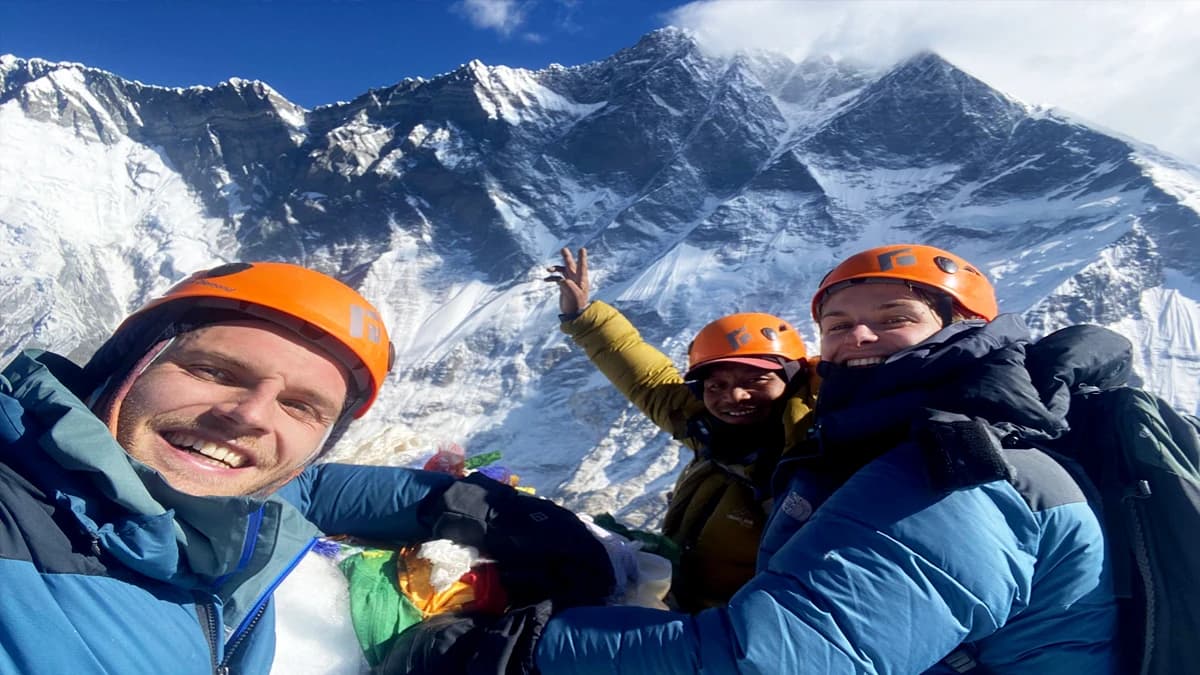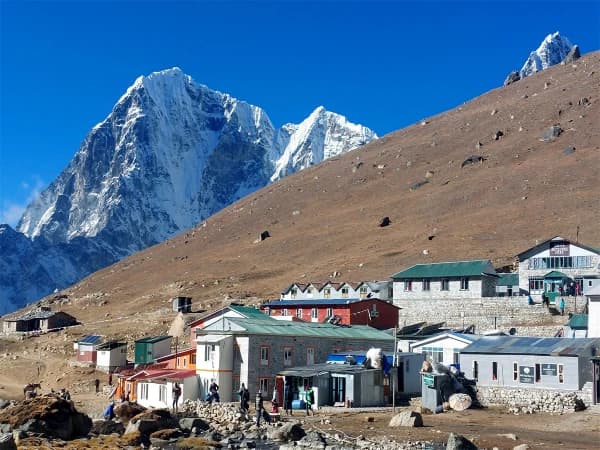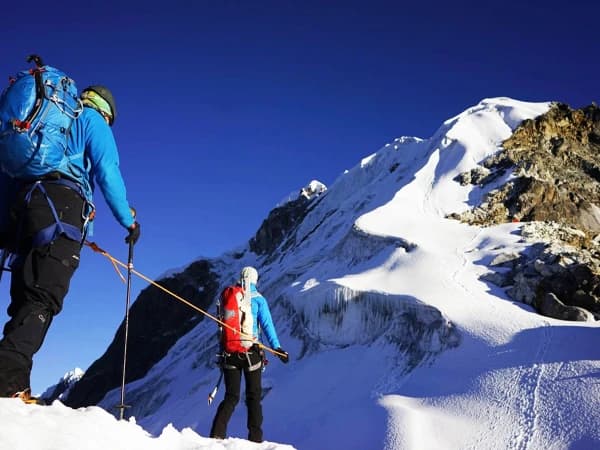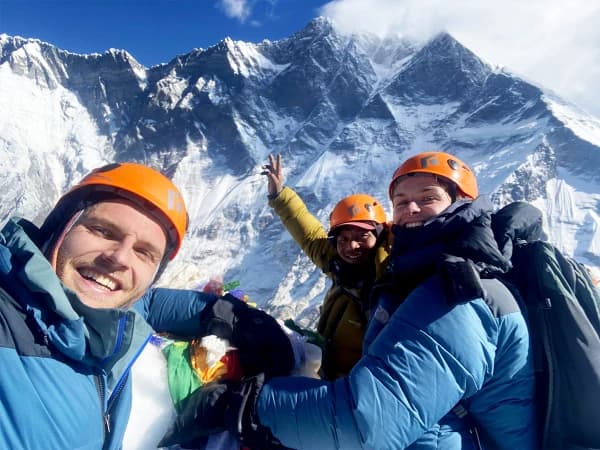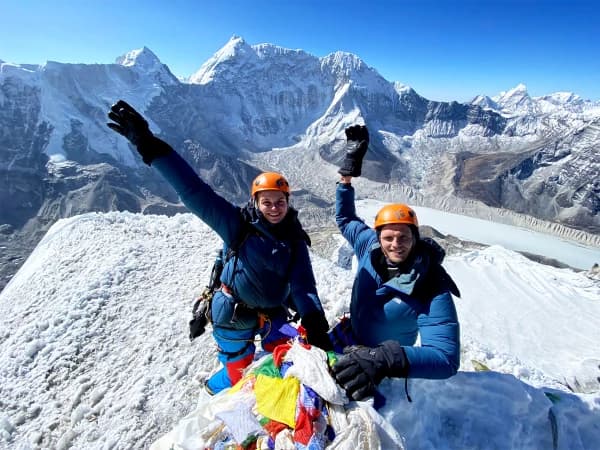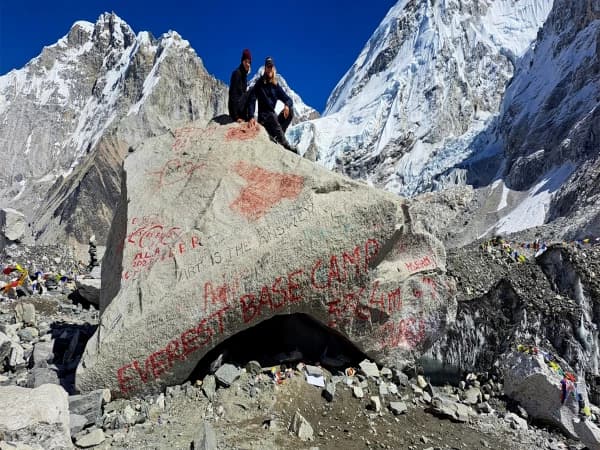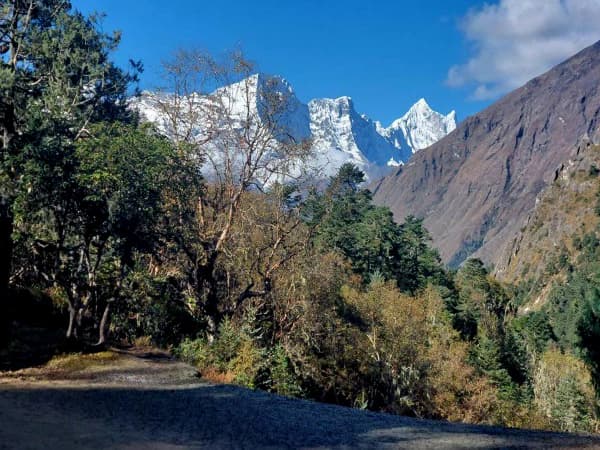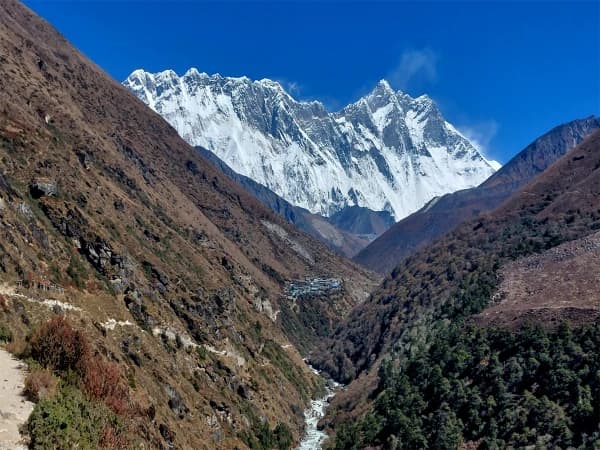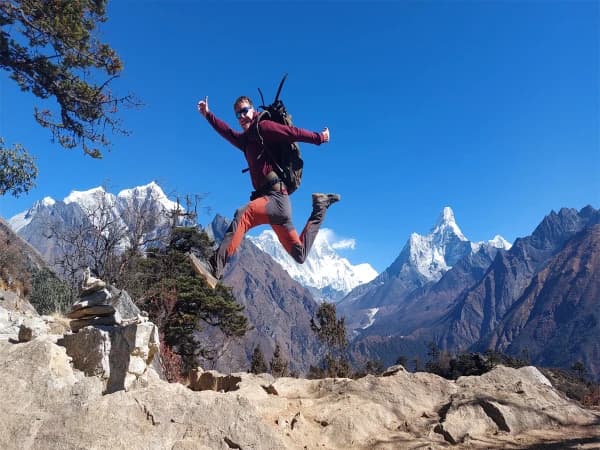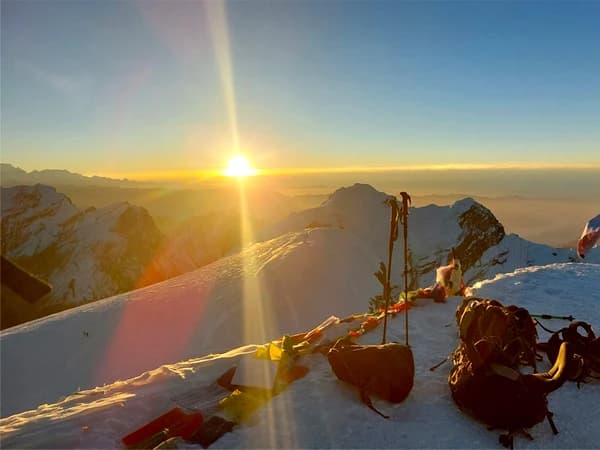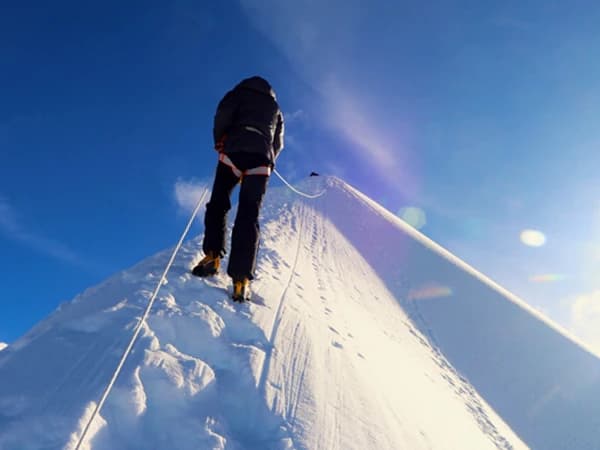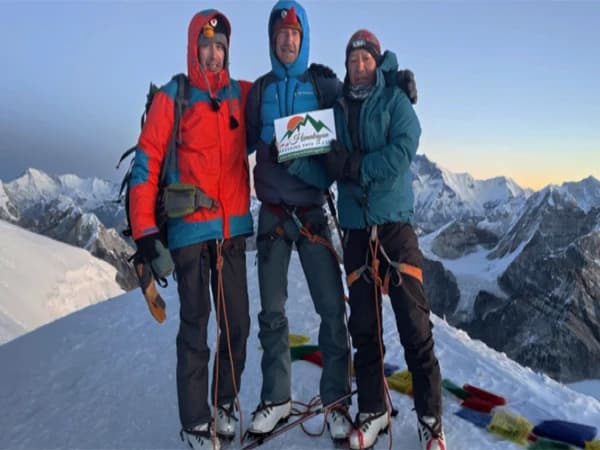Lobuche and Island Peak Climbing
Are you looking for the real adventure in the Himalayan of Nepal? Do not forget to join the Lobuche and Island Peak Climbing with the Everest Base Camp Trek in a Solo Adventure. The combination of Lobuche and Island Peak Climbing is highly sought after by adventure enthusiasts. This well-planned itinerary allows you to experience the thrill of conquering both peaks. Starting with a trek to the Kalapather Closest vantage point of Mt. Everest and its base camp, you will then proceed to the Lobuche Peak climbing experience. Once Lobuche East is conquered, you will move on to the popular Island Peak Climbing. After reaching the summit, you can return to Lukla by trekking and then take a scenic flight to Kathmandu. This unique adventure not only offers breathtaking views of majestic mountain peaks but also provides an opportunity to immerse yourself in the rich Sherpa culture and experience their warm hospitality. Additionally, you will have the chance to explore the diverse flora and fauna of the region.
Highlights of the Lobuche and Island Peak Climbing
- Discover the charms of Kathmandu before embarking on the Lobuche and Island Peak Climbing adventure
- Catch an early morning flight from Kathmandu or Ramechhap to Lukla to kickstart the journey
- Trek along the renowned Everest Base Camp Trek, a world-famous route
- Marvel at the breathtaking mountain vistas, including Mt. Everest, Mt. Makalu, Mt. Lhoste, Mt. Nuptse, Amadblam, Pumari, and other majestic peaks
- Immerse yourself in the rich Sherpa Culture and lifestyle, and visit the picturesque monasteries
- Delve into the diverse flora and fauna of the region
- Conquer the challenging Lobuche Peak (6119 m) and Island Peak (6189 m) summits
- Experience the thrill of reaching the top of these iconic peaks
- Create unforgettable memories amidst the stunning Himalayan landscapes
- Enjoy the sense of accomplishment and fulfillment that comes with completing this incredible climbing journey
Have you ever wondered what it feels like to conquer two Himalayan peaks at once? Do you dare to achieve this daredevil feat? If both answers are yes then try out our Lobuche East and Island Peak climbing! This marvelous escapade is a unique amalgamation of three different yet stupendous journeys. Firstly, you’ll scale to the apex of well-renowned Imja Tse aka Island Peak. Secondly, you’ll conquer the Lobuche East’s summit, the most challenging of its kind in the Khumbu Region. Last but not least; you’ll visit the Everest Base Camp to explore the foothills of Earth’s highest mountaintop. You’ll also observe Mt. Everest alongside other lofty peaks such as Lhotse, Nuptse, and Ama Dablam close to Kala Patthar, one of the prominent Everest viewpoints. Arrive at the vertex of snow-clad mountains by traversing seductive woodlands, high suspension bridges, waterfalls, rivers, deep valleys, appealing snowscapes, and quaint Sherpa settlements. Additionally, you’ll get acquainted with the culture, traditional lifestyle, beliefs, and values of ethnic Sherpa communities and experience their legendary hospitality.
After Kathmandu exploration day and a flight to Lukla, we’ll proceed past rustic villages, forests, and rivers to Phakding. In the company of snowy summits including Nupla (5,885m), Kusum Kanguru (6,367m), and Kongde Ri (6,187m) we’ll then stay with the mountain trail beyond Sagarmatha National Park and the settlements of Monjo and Jorsalle to Namche Bazaar. During the final steep ascent to Namche, we can catch initial sightings of the mighty Everest. Beyond Tengboche, Dingboche, and Lobuche, we’ll reach Gorakshep from where we’ll set off to Everest Base Camp and Kala Patthar. Find your delight in the splendid mountain scenery. We’ll advance our steps in the conquest of Lobuche East Peak. Subsequently, we’ll trek to Chhukung and forge ahead to triumph over Imja Tse (Island Peak). We’ll move backtrack to Namche then appear at Lukla, eventually boarding a flight back to Kathmandu.
Despite punishing climbs in hostile climate, the views of Everest (8,848m), Nuptse (7,861m), Lhotse (8,516m), Makalu (8,485m), Baruntse (7,162m), Ama Dablam (6,812m), Cholatse (6,440m), Pumori (7,161m), and other neighboring peaks make it a worthwhile and memorable expedition. Don’t just stand there! Join us in this dramatic travel venture and experience the thrill of a lifetime!
Cost of Lobuche and Island Peak Climbing for 2025-2026
The cost for climbing Lobuche and Island Peaks ranges from USD 3000 to USD 3500 per person, depending on the group size. The total expense for the combined two-peak expedition is influenced by factors such as the level of service, trip duration, meals, gear, transportation, accommodation, Sherpa crews, guides, permits, and more. Our 22-day Lobuche and Island Peak climbing itinerary includes a trek to Everest Base Camp and Kalapatthar, which helps your body acclimatize to the rocky, snowy trails and elevation gain. The package for the Lobuche and Island Peak climbing covers all the services outlined in the itinerary. The overall cost varies based on the number of participants, as detailed below.
- The cost of the Lobuche and Island Peak climbing for solo trekkers is USD 3500.
- The cost is USD 3200 per person for groups of 2-6.
- The cost is USD 3000 per person for groups of 7-10.



